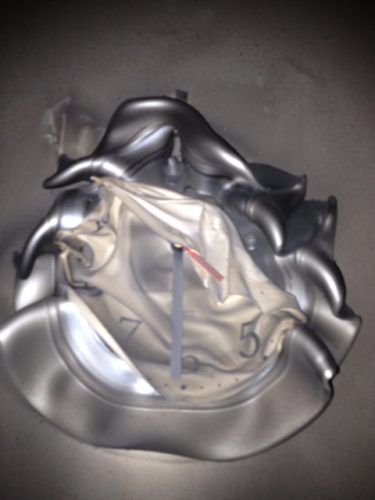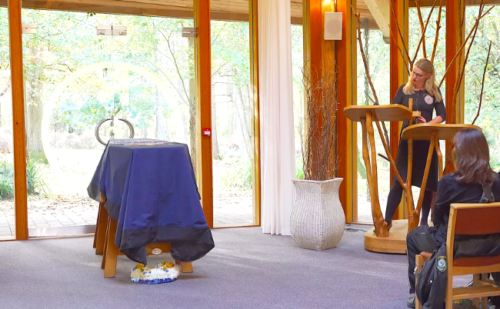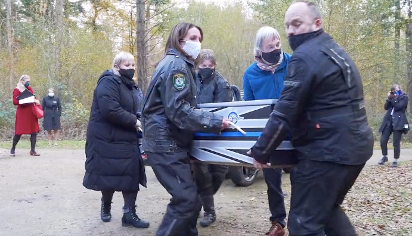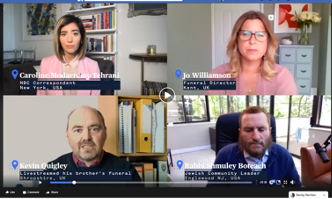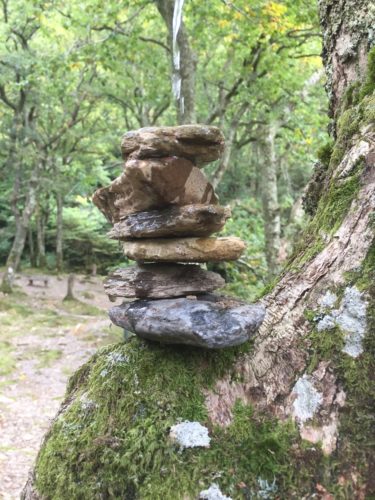
Almost two months have passed. Seven weeks since Steve died. Seven weeks of rolling waves of emotions, of reflection and remembering, interspersed among the detritus of the life that was before. One of the things that resonates strongly with me as I walk every day is just how much grief I have been immersed in, for so long.
We grieved together, for the future that would now not be, from the moment Steve was diagnosed, in June 2018. He had been having tests and investigations after he had finally given in to my nagging at him to go and have a PSA test done earlier that year. Bill Turnbull and Stephen Fry had both publicised the need for men of similar ages to be tested, and I had kept on at Steve to get a test booked. His GP was reluctant initially, but after insisting, the test was done and came back at too high a level. (With a strange synchronicity, Bill Turnbull is the presenter on the radio as I write this piece about how he inadvertently played a part in our story. I will always be grateful for his bravery in going public about his cancer – if he had not done so, Steve would undoubtedly have died much earlier than he did).
We were in Newcastle when the phone call came – I was attending a conference and Steve had come too, back to his place of birth. He had spent the day out and about with our friend Colin, while I sat through the boring presentations, and then the hospital called him and asked him to attend an appointment the next day in Oxford.
We drove home immediately, and the next day I went with him to the urology clinic where we were told he had aggressive prostate cancer. He had had no symptoms at all. If he hadn’t had that PSA test, we wouldn’t have known. But now he was presented with a choice, hormone treatment or surgery. Neither guaranteed a cure. We were now talking about a future living with cancer and discussing options which were the least-worse treatment. Everything changed that day. Our future was re-written.
We met with both the oncologist and the surgeon, and after considering all the implications, decided on surgery. From that moment, grief walked into our lives and took up residence. I didn’t recognise it then though. There was too much new information to take in, too many questions and worries and concerns, so the silent presence of a new feeling, a new sense of fear and dread just slipped below my radar. But looking back, that was when we both felt that cold sense of change.
So much was taken away from us – yet as I write those words, I am conscious of how lucky we were to have had it in the first place. The immensely close physical relationship that we had always had moved effortlessly into a new way of being, but there was sorrow for us both at the change that was imposed by the surgery, and the sepsis that followed, and then the discovery of escaped cancer cells in the lymph nodes. Despite Steve’s hopes of avoiding hormone treatment and its associated loss of all libido, his post-op PSA test showed that the cancer was already outside of the prostate and spread into his lymph nodes. The operation had been too late. In order to live, he had no choice other than to accede to testosterone annihilation by injection.
For a man like Steve, making the conscious decision to become ‘neutered’ must have been horrendous. He knew what hormone treatment entailed. He knew that he was acceding to the loss of his virility, his manliness – the very essence of his identity. That must have been a secret, aching grief that he carried alone.
The side effects were awful, but he dealt with them. Things that in retrospect seemed minor, like losing the hair on his chest and his arms confirming the massive changes that were taking place in his body in the effort to starve the cancer cells from their fuel – things like that irritated him, the hot flashes were debilitating, the increasing fatigue and muscle aches were burdensome, but the loss of intimacy between us was such a huge thing.
We didn’t ever really talk deeply about how he felt in this new, eunuch existence, I didn’t want to add to the burden he was carrying by digging into how he truly felt and making him talk about it, but I know this was the heaviest of weights for him to bear. For me, the sadness at the end of that part of our life was far outweighed by the need to have him still with me, and from everything I had read about his cancer, I knew how perilous his time was.
Fast forward through 2019, embedded hormone treatment and weeks and weeks of daily radiotherapy and further surgery and more problems – all the while, the grief for what we had planned for our future shadowed us. Neither of us were foolish enough to believe he would outrun the cancer cells that had spread in microscopic malevolence around his body, and when either of us heard the well-meaning phrase ‘Oh prostate cancer is the best kind of cancer to have, you don’t die from it, you die with it,’ we both reacted in the same furious way. Steve had a seriously aggressive type of cancer, and for him to have lived as long as he did is testament to the brilliant care that he received from his multi-disciplinary medical team at The Churchill Hospital. It happened to be found in his prostate. It was therefore labelled prostate cancer. Take it from me, prostate cancer is not the best kind of cancer to have.
At the beginning of this year, with news filtering from China of a new and deadly virus, and a sense of the winds of change gathering, we began talking about giving up the flat he rented and that we loved in Banbury and moving back to my house in Denham. We were paying out for two properties, and financially and practically it made sense. We decided that Steve could stay in our caravan in Banbury for three nights a week while he worked in the area, and we could save £1k a month by moving back to the house, so we gave notice and started packing. It was the end of three happy years in the most beautiful flat in a Georgian manor house, and yet more loss of what was. And the week after we finally moved in, the country was put into lockdown.
There’s too much to say about the huge collective grief for what used to be that has washed over the world with the spread of Covid. I can’t even begin to find the words, grasping as I am from this strange new place where I find myself. But there was definitely a visceral impact on us, as on so many others, of the loss of freedom and security and safety that came with the virus. The loss of normality. The loss of hope. Layer upon layer of loss and grief just kept piling up, magnified by the fear all around as this invisible killer virus silently tore through humanity.
We made the best of it, and we were together day and night, so it was a precious time, looking back, but it was also the time when Steve’s health began to deteriorate and his PSA levels to rise relentlessly as the cancer took hold in his bones. Our time together was punctuated by hospital appointments as the spread of Steve’s cancer mirrored the spread of Covid throughout the country. In June, his lovely gentle oncologist told him that time was running out, and that he now had months not years left to live. That was the only time that I saw him crumble. He had hoped so much for several more years of life. My heart ached as I held him. The shadow of grief was now sitting foursquare in our faces, grinning and counting the days.
And those days between June and October were saturated with loss for him. The loss of strength, of energy, of steadiness. The loss of ease and comfort, and the sapping weariness of living with increasing pain. The loss of dignity. The loss of his sense of himself as he looked at his strong, muscular legs now wasting into thin, unsteady limbs. The loss of the little freedom he still had. And finally, with the onset of Covid, the loss of the most basic of things, the ability to breathe without help. I watched helplessly as he was taken away from me by the cancer and the coronavirus, clinging on to him, supporting him, holding him up, caring for him, loving him as hard as I could until eventually, I could do no more for him and had call for help for him. And then, I had to let him go with the paramedics. I knew that day, the moment I picked up the phone to ring 111 that I was doing something irrevocable. I knew that they would take him away. And I knew that he would never come home.
That morning, when the ambulance drove away, it was as if something inside me came apart and the years of not recognising that I was grieving just poured out in an incoherent, sobbing mess. The physical pain was too much to bear. The shadow of grief had formed into a tangible beast that enveloped and consumed me. Anticipatory grief became reality, and it was the worst experience I have ever had. I felt ripped apart, physically in pain in my heart, broken and helpless and hopeless and bereft. Unknown to me, I was also sick with Covid, my test would come back the next day confirming it. It was, I think, the worst day of my life.
I had lived with so much unacknowledged stress and anxiety, and I had done everything I could to keep him safe, and I had failed. It is a heavy weight to carry. But just as Steve faced his mortality unflinchingly and without fear, I cannot run away from facing a life that is now carved by loss and grief. There are layers and layers of it, each of different depths and textures, and I must gradually uncover them and examine them in order to not let them confine me or define me.
At the moment, I am wrapped in the most visible, outer layer of grieving for the loss of my man, who died so bravely and so gracefully in my arms. In time, I will be able to go beneath this visible grief of widowhood and begin to unpick the fabric of the grief that I lived with for so long without realising. This is, I understand, part of the work that I have to do in order to become the person I will be without him.
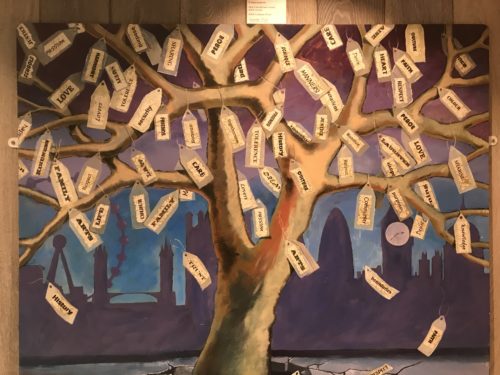


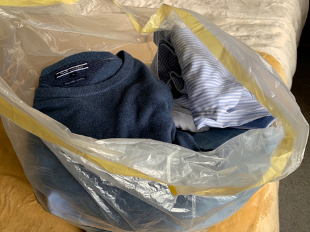
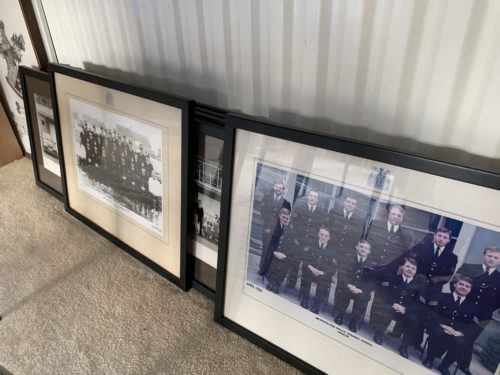
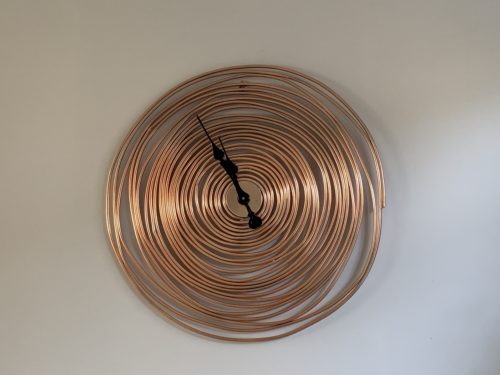
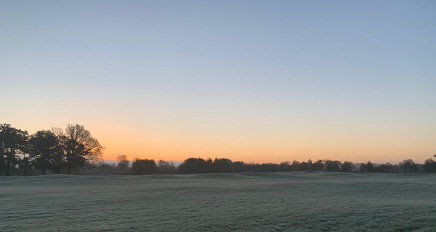
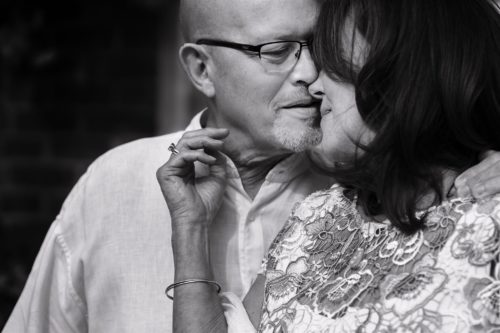
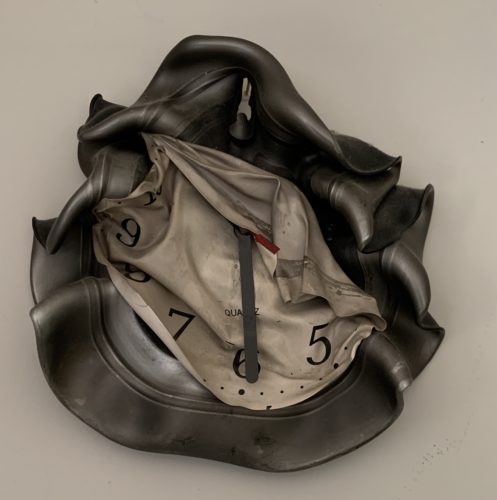
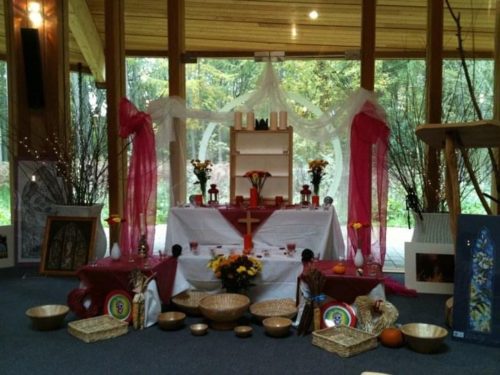 The ofrenda, before the photos and offerings were placed.
The ofrenda, before the photos and offerings were placed.